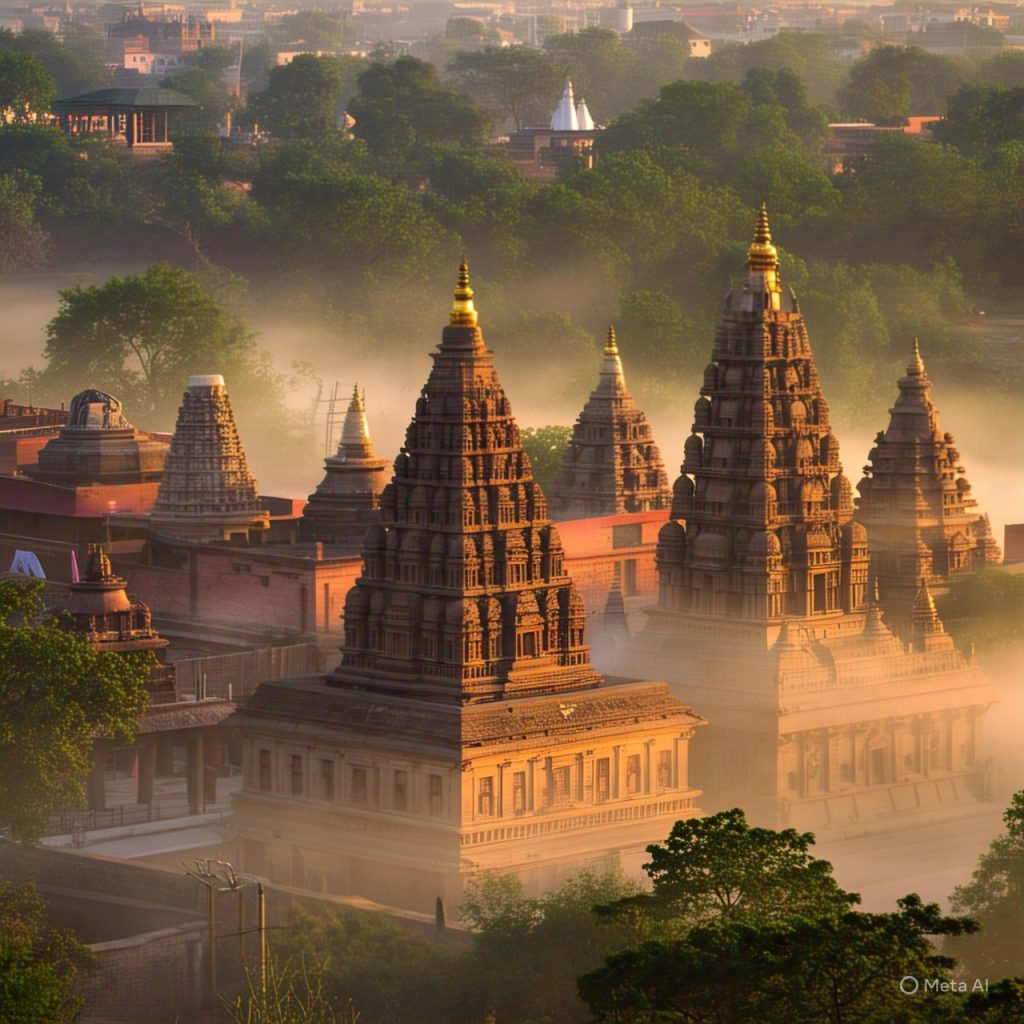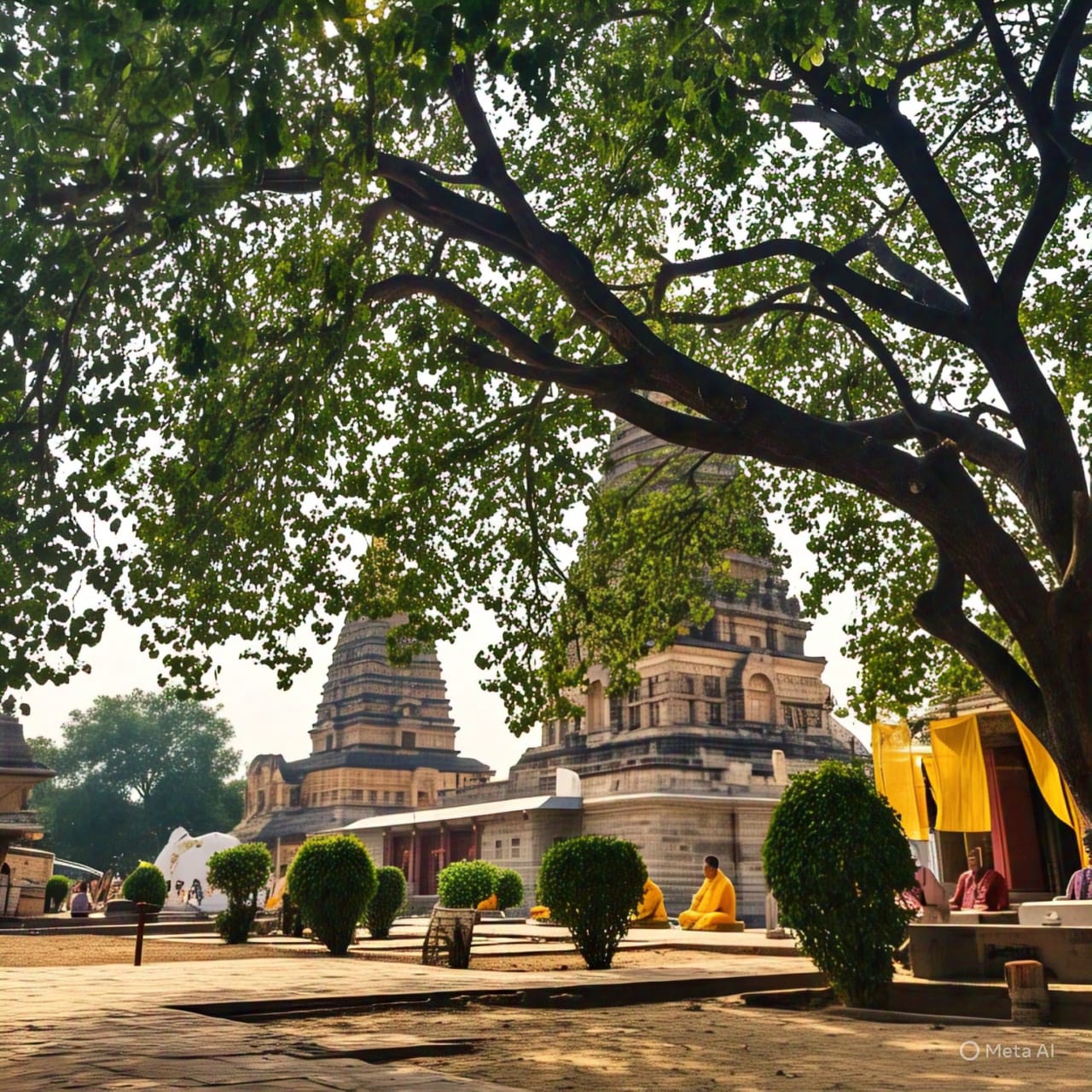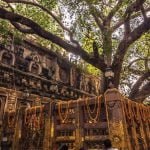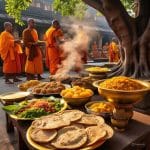Bodhgaya, the land of enlightenment, is not only one of the holiest sites in the world for Buddhists but also a cultural beacon that lights up with spiritual energy during Buddhist festivals. Home to the Mahabodhi Temple, a UNESCO World Heritage Site, Bodhgaya attracts thousands of monks, devotees, and travelers who come to participate in grand spiritual gatherings that celebrate the life, teachings, and legacy of Lord Buddha. These festivals offer an immersive experience into Buddhist rituals, chants, meditation practices, and global harmony.
In this detailed guide, we explore the great Buddhist festivals in Bodhgaya and provide insights into when to visit for the best spiritual experience.
- Buddha Purnima: Celebrating the Birth, Enlightenment & Nirvana of Buddha
- Kagyu Monlam Chenmo: The Great Prayer Festival of Tibetan Buddhists
- Nyingma Monlam Chenmo: Prayers for Peace by Nyingma Practitioners
- Dharma Wheel Festival (Chokhor Duchen)
- Magha Puja: The Day of Fourfold Assembly
- International Tipitaka Chanting Ceremony
- Best Time to Visit Bodhgaya for Buddhist Festivals
- Final Thoughts
Great Buddhist Festivals in Bodhgaya

Buddha Purnima: Celebrating the Birth, Enlightenment & Nirvana of Buddha
When: Full moon in April or May (Vesak Day)
Buddha Purnima, also known as Vesak, is the most significant Buddhist festival celebrated across the world and especially in Bodhgaya. It commemorates the birth, enlightenment, and death (Mahaparinirvana) of Lord Buddha — all of which are believed to have occurred on the same full moon day.
Festival Highlights:
- Thousands of monks and pilgrims gather at the Mahabodhi Temple to offer prayers.
- The Bodhi Tree is beautifully decorated with butter lamps, incense, and flowers.
- Dhamma talks, chanting sessions, and silent meditation programs are conducted.
- The temple complex hosts international delegations representing different Buddhist traditions (Theravāda, Mahāyāna, Vajrayāna).
- Free Buddhist literature and food (dāna) are distributed as part of spiritual merit.
Why Visit During Buddha Purnima:
This is the most vibrant and auspicious time to witness Bodhgaya in its spiritual zenith, with a powerful atmosphere of peace, reverence, and devotion.
Kagyu Monlam Chenmo: The Great Prayer Festival of Tibetan Buddhists
When: December – January (Dates vary based on Tibetan calendar)
The Kagyu Monlam Chenmo, or Great Prayer Festival, is one of the most elaborate and serene gatherings of Tibetan Buddhist practitioners in the world. Organized under the guidance of His Holiness the 17th Karmapa, this multi-day event attracts monks, nuns, and lay practitioners from all over the globe.
Festival Highlights:
- Mass prayer sessions held under the Bodhi Tree for world peace and compassion.
- Colorful processions, sacred dances, and traditional Tibetan chants.
- Teachings by renowned Rinpoches and spiritual masters.
- Offerings of butter lamps, flowers, and sacred scriptures.
- Silk thangkas and Tibetan flags adorn the temple complex and nearby monasteries.
Why Visit During Kagyu Monlam:
The atmosphere is deeply meditative and spiritually charged. It’s a rare opportunity to experience Tibetan Buddhism in its most vibrant form and witness profound compassion and unity.
Nyingma Monlam Chenmo: Prayers for Peace by Nyingma Practitioners
When: Usually in January (after Kagyu Monlam)
Following the Kagyu prayer gathering, the Nyingma school of Tibetan Buddhism organizes its own Monlam Chenmo in Bodhgaya. Dedicated to peace, wisdom, and harmony, it’s a serene, less-crowded event ideal for those seeking a quieter retreat.
Festival Highlights:
- Teachings by Nyingma lamas and Rinpoches.
- Powerful prayer recitations focused on compassion and purification.
- Devotees engage in silent meditation retreats under the Bodhi Tree.
- Opportunities for Dharma discussions and community practice.
Why Visit During Nyingma Monlam:
Ideal for spiritual seekers who prefer a more introspective and peaceful experience in Bodhgaya, away from tourist crowds.
Dharma Wheel Festival (Chokhor Duchen)
When: July or August (date varies)
The Chokhor Duchen, or Turning of the Dharma Wheel, marks the Buddha’s first teaching after his enlightenment. It is considered one of the four great Buddhist festivals, observed with reverence in Bodhgaya.
Festival Highlights:
- Rituals and sermons at the Mahabodhi Temple commemorating the Sermon at Sarnath.
- Chanting of the Dhammacakkappavattana Sutta, the Buddha’s first discourse.
- Lighting of butter lamps, symbolic offerings, and ritual circumambulation.
- Recitation of Buddhist scriptures and distribution of alms and free meals.
Why Visit During Chokhor Duchen:
It’s a spiritually potent day to visit Bodhgaya when merit is believed to multiply manifold, making it an ideal time for meditation and acts of generosity.
Magha Puja: The Day of Fourfold Assembly
When: February or March (full moon day of the Magha month)
This festival celebrates a historic gathering of 1,250 enlightened monks who assembled spontaneously to hear the Buddha deliver a crucial teaching — the Ovāda-Pāṭimokkha. It is especially important in Theravāda Buddhist countries and celebrated with great devotion in Bodhgaya.
Festival Highlights:
- Evening candlelight processions (Puja) around the Mahabodhi Temple.
- Devotees observe Uposatha vows, meditate, and listen to Dhamma teachings.
- Traditional chanting in Pali, prayers for peace, and offering ceremonies.
Why Visit During Magha Puja:
The candlelit Bodhgaya becomes a surreal sight, offering a unique blend of ritual and inner reflection.
International Tipitaka Chanting Ceremony
When: Early December
Organized annually by the International Tipitaka Chanting Council, this event brings together Buddhist monks and laypeople from different countries to chant the Pali Canon (Tipitaka) at the Mahabodhi Temple.
Festival Highlights:
- Daily sessions of scripture chanting in unison by hundreds of monks.
- Multinational participation from Sri Lanka, Thailand, Myanmar, Cambodia, Laos, India, and other nations.
- Special cultural programs, Dhamma talks, and peace processions.
Why Visit During Tipitaka Chanting:
The synchronized chanting creates an atmosphere of vibration and peace, offering a transformative spiritual experience.
Best Time to Visit Bodhgaya for Buddhist Festivals
The ideal period to visit Bodhgaya for attending Buddhist festivals is from October to March, when the weather is cool and comfortable. During this time, most major events including Kagyu Monlam, Tipitaka Chanting, and Buddha Purnima preparations take place.
| Festival | Month | Best For |
|---|---|---|
| Buddha Purnima | April/May | Global Buddhist celebrations |
| Kagyu Monlam | December/January | Tibetan rituals and teachings |
| Nyingma Monlam | January | Peaceful Tibetan spiritual experience |
| Chokhor Duchen | July/August | Teaching of the Dharma |
| Magha Puja | February/March | Candlelight processions and Pali chants |
| Tipitaka Chanting | December | Sacred recitation of the Buddhist canon |
Final Thoughts
Attending a Buddhist festival in Bodhgaya is not merely a visit — it is a sacred immersion into peace, mindfulness, and spiritual awakening. Whether you’re a devoted follower or a spiritual traveler, these festivals allow you to experience the living essence of Buddhism through rituals, teachings, and global harmony.
The best times to visit are when the spiritual vibrations of Bodhgaya are at their peak — during the great Buddhist festivals when the temple bells, sacred chants, and prayers echo across the soul of this ancient land.






